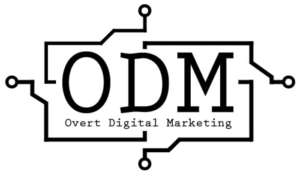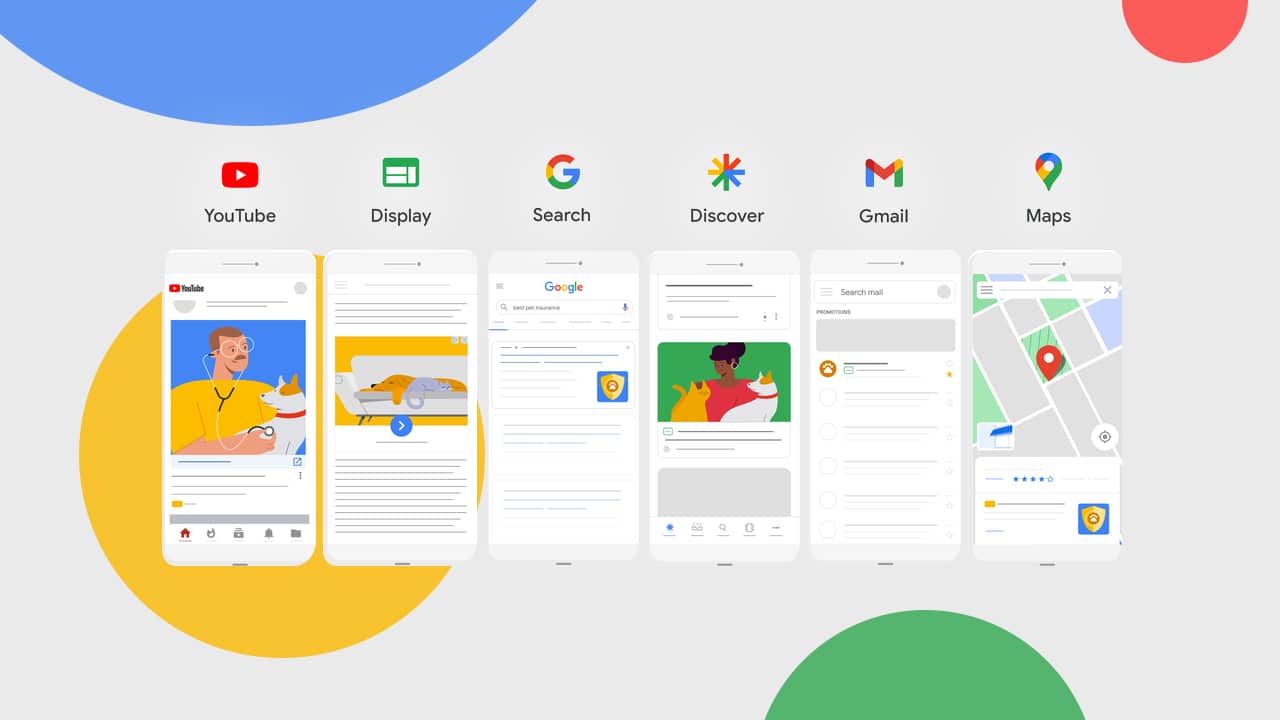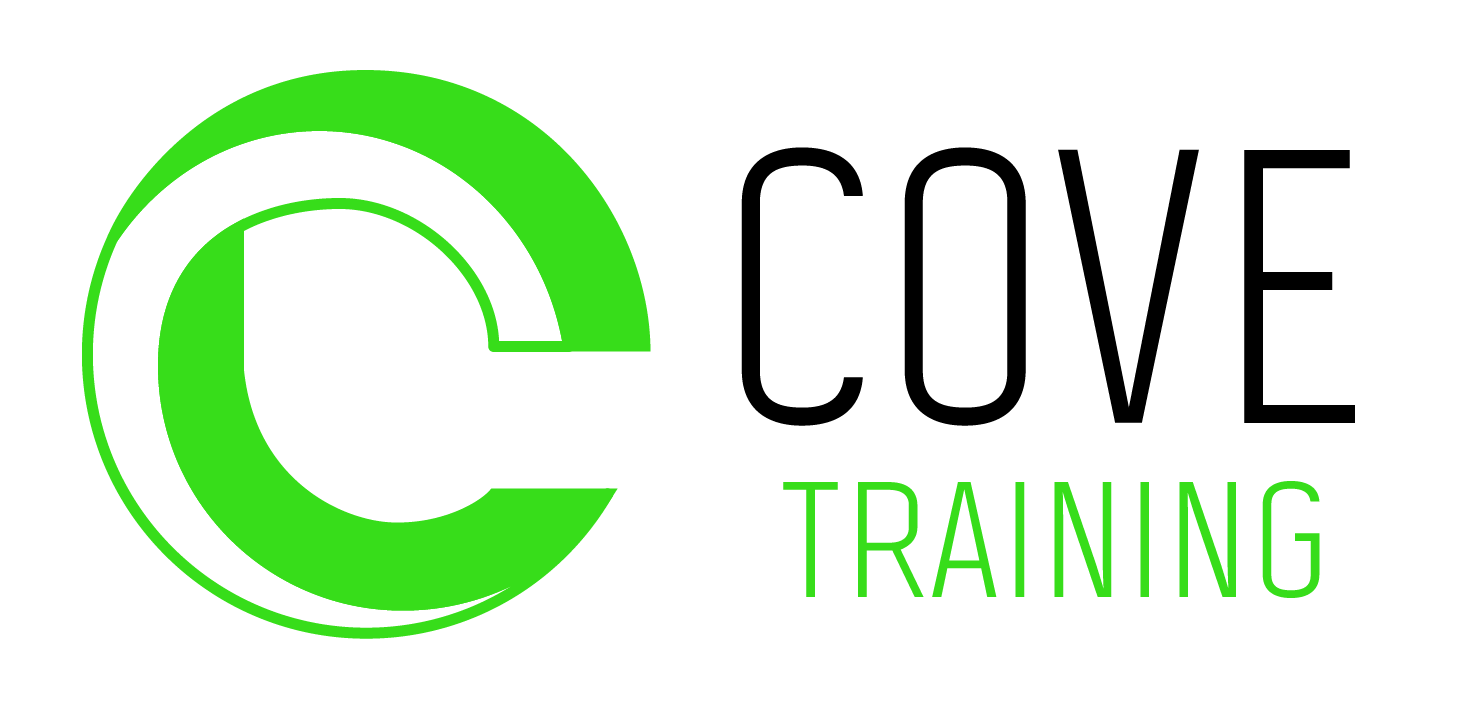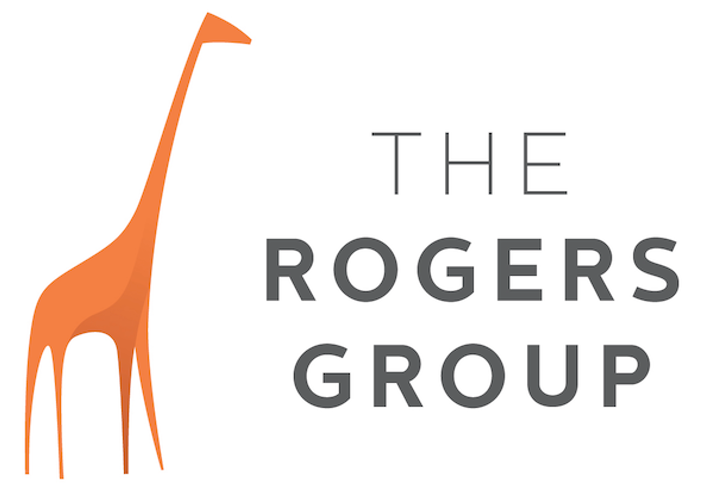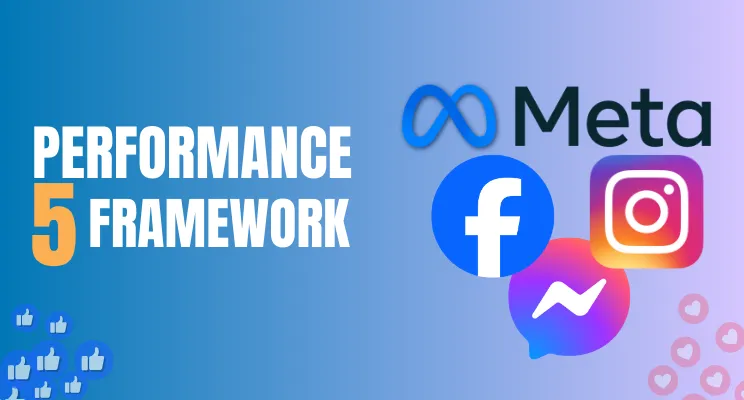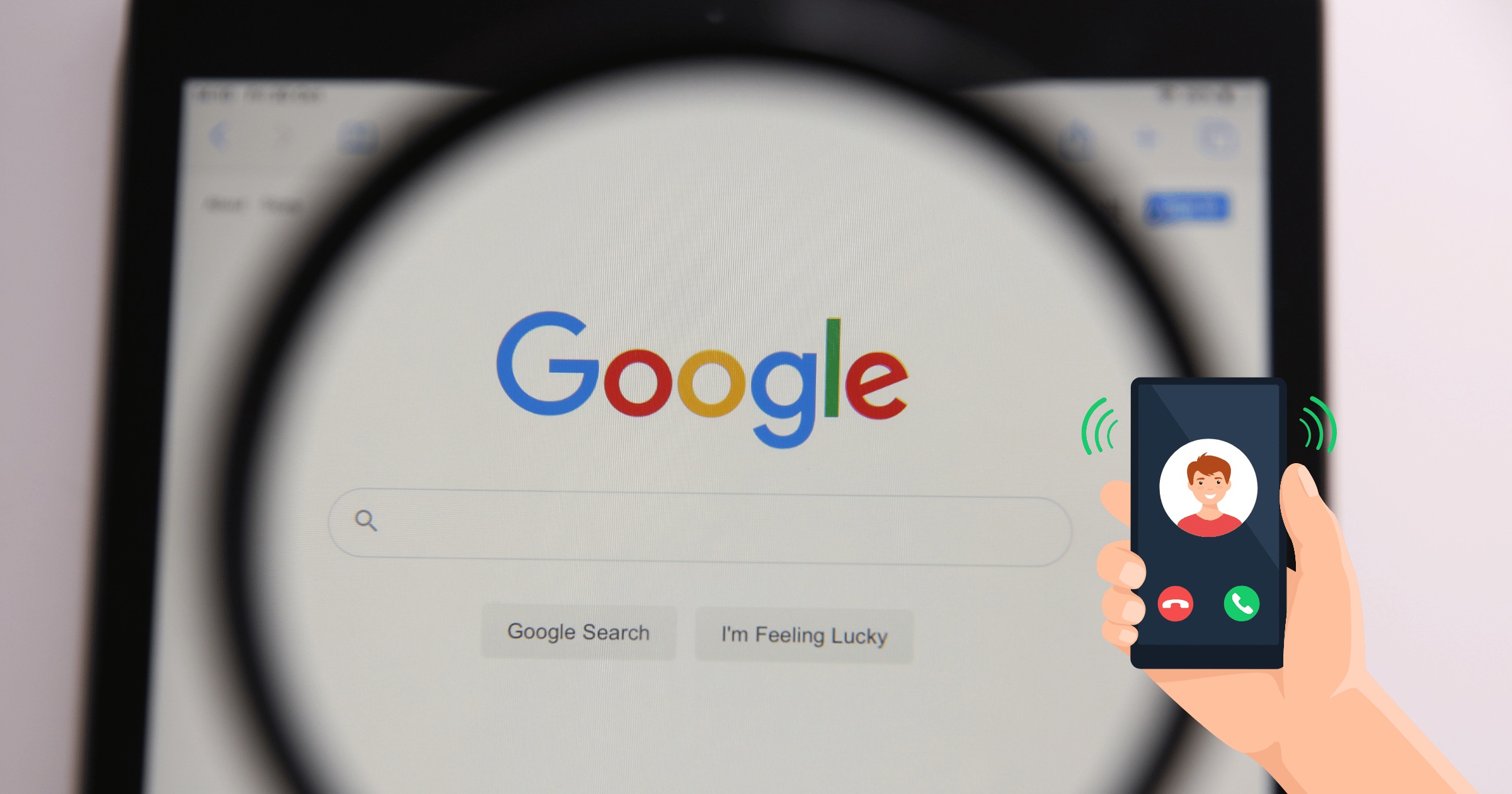Google recently announced powerful new artificial intelligence capabilities for its Performance Max campaigns. By year’s end, all U.S. advertisers can leverage generative AI to instantly create and refine text and image assets with simple prompts. This should roll out to Australia and other countries by start or middle of 2024.
This integration democratises access to leading-edge creative generation for brands and agencies. Marketers now wield automated tools to personalize ads at unmatched scale using data-backed concepts. Let’s explore how generative AI streamlines ideation, accelerates optimisation and empowers teams in Performance Max.
Unlocking Generative AI in Google Ads
Generative AI refers to algorithms capable of producing unique, human-quality content like text, images, video or code from short text descriptions. Platforms like DALL-E 2, Midjourney and Jasper tap into vast datasets and deep learning to generate custom visual assets.
Now, Google integrates similar generative models directly into its Performance Max ad solution. This empowers advertisers to:
- Instantly create new ad headlines, body text, and display images by entering a few keywords.
- Iteratively refine and customise both AI-generated and existing creative assets using smart image editing tools.
- Experiment with hundreds of personalised visual variants based on performance data to optimise ads.
- Scale production of high-quality image creatives that resonate with target audiences.
With these AI capabilities added to the robust Performance Max platform, Google provides a complete solution to help brands connect with the moments that matter most to consumers.
Performance Max and Generative AI in Action
For example, an athletic wear advertiser preparing its seasonal campaign can input prompts like “fitness woman winter” to produce a gallery of unique product images. The integrated AI generates numerous on-brand image options displaying apparel in relevant winter contexts.
After selecting favourites, the image editor allows further tweaking elements like composition, colour schemes or text overlays. At scale, the brand can output countless personalized ads adjusting product styles, backgrounds and models to appeal to different demographics and interests.
For post descriptions and headlines, the text AI delivers relevant suggestions tailored to the images and campaign themes. Natural language outputs based on the category, brand and products provide an adaptable foundation for testing.
With single inputs spawning endless creative permutations, resource-strapped teams can maximise production value. But human oversight remains crucial before launching the highest performing options using robust campaign analytics.
Benefits of AI-Generated Campaign Assets
Generative AI brings several advantages over purely manual creative ideation for Performance Max advertisers:
- 10x faster ideation exploring countless permutations that would be unrealistic manually.
- Reduced costs since in-house or agency teams need not manually design every option. AI augments human creativity.
- Objective data-driven asset creation based on campaign performance instead of subjective guesses.
- Flexibility to make broad creative pivots through simple updated text prompts.
- Democratised access to performant ad assets for advertisers of all sizes through automation.
- – Deeper ad personalisation and resonance enabled by testing exponentially more variations.
In essence, generative AI removes creative bottlenecks while optimising ideation to maximise relevance and conversion. But human creativity fused with machine learning generates the most powerful results.
Google Retains Advertiser Control and Oversight
Importantly, Google reassures that advertisers remain fully empowered when leveraging its AI tools, not replace by them. Key protections include:
- Advertisers actively initiate and control the AI image and text generation process using their own chosen prompts and parameters. Google’s models simply facilitate creation.
- Identical outputs get never produced for any two advertisers using the same prompts. Models generate wholly unique assets customised to each business.
- Advertisers decide which assets run in campaigns through standard review workflows. Just like manual creative, humans stay in the loop.
- Transparency markings on AI content, including subtle watermarks and metadata, denote its algorithmic origin for clarity.
- Stringent policy enforcement ensures AI-generated assets also comply with Google’s guidelines around prohibited content before approval.
- Advertisers can edit both human and AI-created content using the integrated image editor for enhanced customisation.
With these safeguards, brands exercise creative direction while benefiting from amplified ideation velocity. Compliance and ethics remain top priorities guiding use of Google’s powerful AI tools.
What’s Next for Generative AI in Advertising?
This new integration represents the early stages of harnessing generative AI’s potential to enhance digital advertising. Google plans to expand features and functionality rapidly.
On the horizon, advertisers will be able to preview and share AI-generated image and text creatives more seamlessly for streamlined stakeholder review. Upcoming tools will also allow editing images from Google’s asset library using the integrated visual editor.
Over time, generative capabilities will likely expand to video and even full ad templating. As machines ingest ever more marketing data around audience insights and campaign performance, outputs will grow more tailored to each advertiser’s business goals.
In conclusion, Performance Max’s addition of generative AI unlocks new creative possibilities to help brands win customer moments. With infinite personalised variations based on winning concepts, relevance skyrockets. Small teams now wield enterprise-scale production powers once unattainable.
Yet prudent application relies on human direction. Google’s tools simply accelerate, not replace, expertise and strategic vision. As new generations of responsible AI emerge, embracing change leads to possibilities unimagined. The future remains authored by those bold enough to guide technology toward progress.
By Manesh Ram, Digital Marketing Specialist. Please follow @maneshram & Meta
